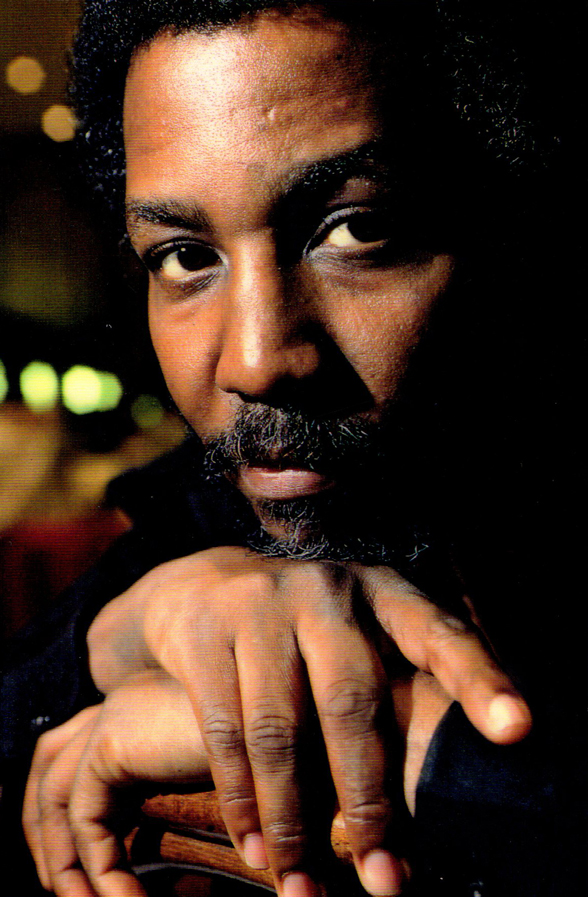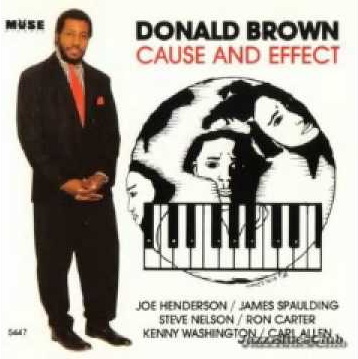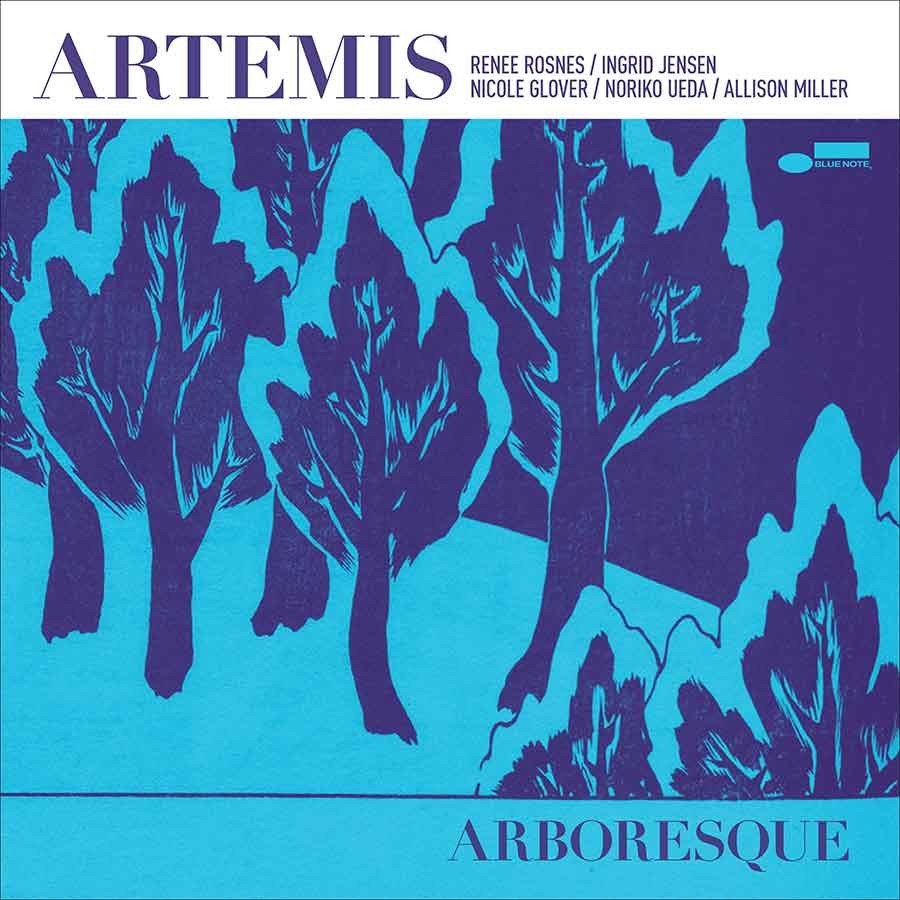Smile Of The Snake – Donald Brown
Despite its advanced harmonies, this catchy, evocative song is one of Donald Brown’s best-known compositions. It’s been recorded in a variety of settings and arrangements; we are first making lead sheets available based on Donald’s own 1991 recording.
- Recording: Donald Brown - Cause And Effect
- Recorded on: April 16 & 18, 1991
- Label: Muse (MCD 5447)
- Concert Key: No key center
- Vocal Range: , to
- Style: Swing (medium up)
- Flute - James Spaulding
- Tenor Sax - Joe Henderson
- Vibes - Steve Nelson
- Piano - Donald Brown
- Bass - Ron Carter
- Drums - Kenny Washington
Video
- Description
- Historical Notes
- Solos
- Piano Corner
- Bass Corner
- Drum Corner
- Guitar Corner
- Inside & Beyond
- Minus You
An evocative song, certainly deserving of its title. Smile Of The Snake has no obvious key center; its slippery stop-and-start melody and subtly strange harmonies set a sinister mood. This song is built around a catchy, rhythmic four-measure bass line, repeated through most of the A section in this AABC form (16, 16, 18 and 16 measures). Though this bass line slightly implies a D minor tonality, the first chord is actually B♭dim(maj7)/D—an unusual chord, not weighted toward either a D major or minor sound. The second A and C resolve on B♭m6/C (C phrygian) and several other chords are slash chords a half step above or below the bass note especially in the bridge.
The bass line continues for the first eight measures of A; in the next four measures the bass and drums hold out a long note, creating a “break” for the piano to fill in around the melody. This chordal piano fill is quite abstract; no chord symbols are shown, though our lead sheets all include the top line. In the bridge, the piano and bass hold out whole notes behind the melody, going to rhythmic hits in the last four measures to set up C.
This song has been recorded in a wide variety of arrangements; the lead sheets we are first making available are based on Donald Brown’s recording. This version has an eight-measure intro; some others open the intro up as a vamp. On this recording the horns play in octaves throughout; the vibes have a countermelody on the second four measures of the second A, shown in our C treble clef lead sheet. A piano part is available; drummers should read the C lead sheet.
There are two solo sections in this recording. James Spaulding and Joe Henderson solo on a simplified version of the head form, indicated 1 in our lead sheets. In between the two horn solos, Donald Brown solos on a 16-measure form (2) with 4-feel in the bass and drums: eight measures each of B♭dim(maj7)/D and B♭m6/C, the first and last chords in the head form. If you’re playing this with your own group you can explore other options for these two solo sections, or use only one or the other.
The bass line continues for the first eight measures of A; in the next four measures the bass and drums hold out a long note, creating a “break” for the piano to fill in around the melody. This chordal piano fill is quite abstract; no chord symbols are shown, though our lead sheets all include the top line. In the bridge, the piano and bass hold out whole notes behind the melody, going to rhythmic hits in the last four measures to set up C.
This song has been recorded in a wide variety of arrangements; the lead sheets we are first making available are based on Donald Brown’s recording. This version has an eight-measure intro; some others open the intro up as a vamp. On this recording the horns play in octaves throughout; the vibes have a countermelody on the second four measures of the second A, shown in our C treble clef lead sheet. A piano part is available; drummers should read the C lead sheet.
There are two solo sections in this recording. James Spaulding and Joe Henderson solo on a simplified version of the head form, indicated 1 in our lead sheets. In between the two horn solos, Donald Brown solos on a 16-measure form (2) with 4-feel in the bass and drums: eight measures each of B♭dim(maj7)/D and B♭m6/C, the first and last chords in the head form. If you’re playing this with your own group you can explore other options for these two solo sections, or use only one or the other.
“Cause And Effect” is the second album to include Smile Of The Snake, and the only recording of this song by Donald Brown himself. It was first recorded in 1988 on Art Farmer’s "Blame It On My Youth." James Spaulding, who played flute throughout “Cause And Effect,” switched to alto sax for his own recording of the song on his 1996 album also titled “Smile Of The Snake.”
Legendary saxophonists James Spaulding and Joe Henderson played together on four classic Blue Note albums in the ‘60s: Grant Green’s “Solid,” Freddie Hubbard’s “Blue Spirits”, and two by Duke Pearson, “Wahoo” and “Sweet Honey Bee.” The last of these also features bassist Ron Carter. Like these Blue Note sessions, “Cause And Effect” was recorded at Van Gelder Studio in Englewood Cliffs.
Legendary saxophonists James Spaulding and Joe Henderson played together on four classic Blue Note albums in the ‘60s: Grant Green’s “Solid,” Freddie Hubbard’s “Blue Spirits”, and two by Duke Pearson, “Wahoo” and “Sweet Honey Bee.” The last of these also features bassist Ron Carter. Like these Blue Note sessions, “Cause And Effect” was recorded at Van Gelder Studio in Englewood Cliffs.
Related Songs
Email Send Smile Of The Snake to a friend
Send this page to a friend via email. Add your name or email in the first field. In the second, add one or more email addresses, separated by a comma.
- Recording: Artemis - Arboresque
- Recorded on: August, 2024
- Label: Blue Note (7259846)
- Concert Key: No key center
- Vocal Range: , to
- Style: Swing (medium up)
- Trumpet - Ingrid Jensen
- Tenor Sax - Nicole Glover
- Piano - Renee Rosnes
- Bass - Noriko Ueda
- Drums - Allison Miller
Video
- Description
- Historical Notes
- Solos
- Piano Corner
- Bass Corner
- Drum Corner
- Guitar Corner
- Inside & Beyond
- Minus You
This quintet arrangement by Renee Rosnes is relatively similar to Donald Brown’s “Cause And Effect” version. It’s a bit slower, with a bit of an implied (swung) Latin groove. Two-horn harmonies are added at C; in the second four measures, the tenor sax harmony part is close to the vibes line from the second A on the “Cause And Effect” recording.
The solo format is a bit more involved. Most solos are over the same 16-measure form used for the piano solo on “Cause And Effect,” but with the four-measure bass figures instead of walking. Between the trumpet and piano solos, the horns blow together on the bridge changes.
The solo format is a bit more involved. Most solos are over the same 16-measure form used for the piano solo on “Cause And Effect,” but with the four-measure bass figures instead of walking. Between the trumpet and piano solos, the horns blow together on the bridge changes.
“Arboresque” is the third album by the all-star group Artemis. For another Renee Rosnes recording of a Donald Brown song, check out Playground For The Birds from her self-titled debut album.
Related Songs
Email Send Smile Of The Snake to a friend
Send this page to a friend via email. Add your name or email in the first field. In the second, add one or more email addresses, separated by a comma.

Donald Brown
born on March 28, 1954
A lyrical pianist and prolific composer as well as a teacher, band leader and arranger, Donald Brown is considered one of the masters of contemporary jazz composition. Raised in Memphis, Tennessee, Donald studied trumpet and drums as a youth. It was not until he began studying at Memphis State University that he switched to piano as his primary instrument, the late start making his pianistic skill all the more incredible. Read more...
There was a problem.
...


